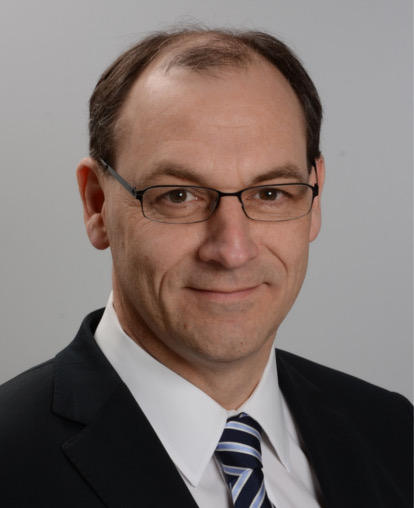Conference overview > Keynote speakers
|
Monday 2nd September 2019
|
 |
Raul Payri, CMT Motores Termicos, Universidad de Valencia, Valencia, Spain |
|---|
Experimental and numerical study of primary atomization
|
| Abstract: |
The analysis of sprays is becoming more and more challenging during the last decades. On the experimental side, OEMs are pushing towards state-of-the-art injection condition, with pressures reaching thousands of bars. On the other hand, the surge of Direct Numerical Simulation (DNS) allows to increase every year the complexity of the flow studied, until a point where atomizing sprays are becoming a feasible simulation. In this context, Prof. Payri will discuss the latest approach used within his research group for analyzing sprays, where Near Field microscopy analysis are coupled with DNS, in order to improve the knowledge on turbulence, atomization and comparability between experiments and simulations. |
|
Tuesday 3rd September 2019
|
 |
Lydia Bourouiba, Massachusetts Institute of Technology, Cambridge, USA |
|---|
Unsteady Fragmentation
|
| Abstract: |
Understanding secondary droplet formation from fluid fragmentation is critical for understanding or controlling a large class of industrial, environmental, and healthcare processes involving spray. Despite the complexity and diversity of modes of unsteady fluid fragmentation into secondary droplets, universality across geometry and fluid systems emerges. We discuss results from our joint experimental and theoretical investigations elucidating the role of unsteadiness in shaping a ubiquitous, yet neglected class of fluid fragmentation problems. In particular, we revisit fundamental assumptions of hydrodynamic instability and reveal how unsteadiness and multi-scale dynamics couple to select the sizes and speeds of secondary droplets generated. |
|
Wednesday 4th September 2019
|
 |
Heinz Pitsch, Institut für Technische Verbrennung, RWTH Aachen University, Aachen, Germany |
|---|
|
From Fuel to Power (and Emissions): A numerical journey though automotive injection and combustion systems
|
| Abstract: |
E-fuels are chemical energy carriers made from renewable electricity and carbon dioxide. They can provide energy storage to cope with the volatility of a renewable energy market and be used as clean and sustainable fuels for mobility and transport. The group of oxymethylene ethers (OMEx) has great potential in this regard. To use these fuels, injection and combustion systems have to be re-designed and optimized, and numerical simulations are an essential element in this process. Different relevant aspects will be discussed in this presentation including simulations of nozzle internal flows and their effect on wall film formation and atomization and the resulting influence on mixing and ignition. Reduced order models which are used for fuel design by connecting fuel structure, properties, and injection with pollutant formation will also be described. |
|

